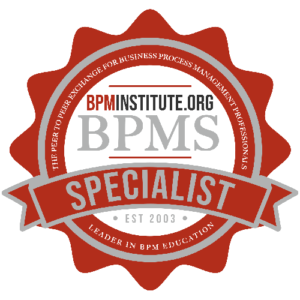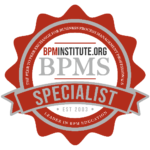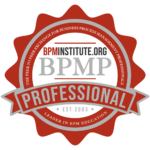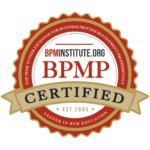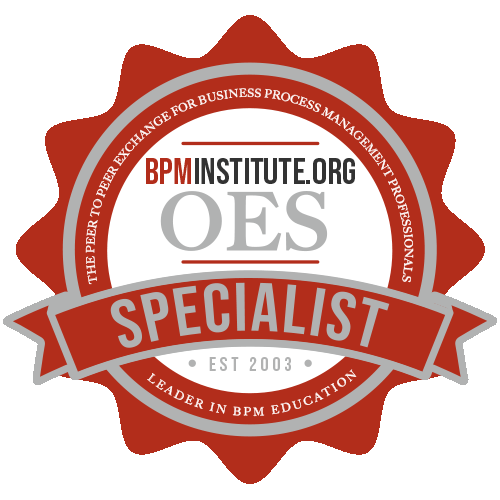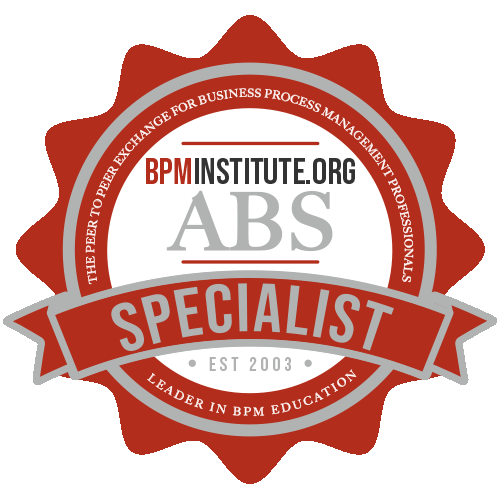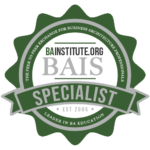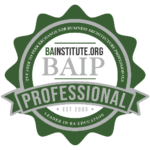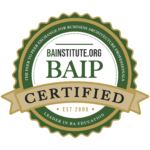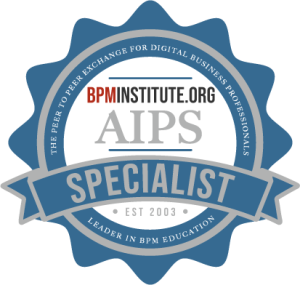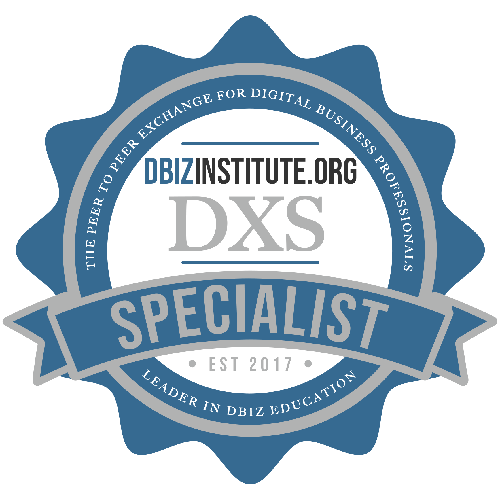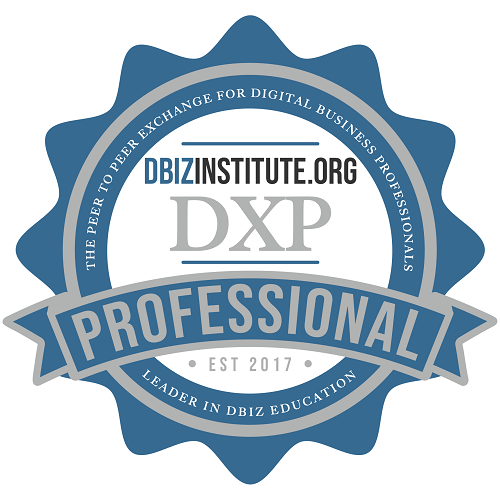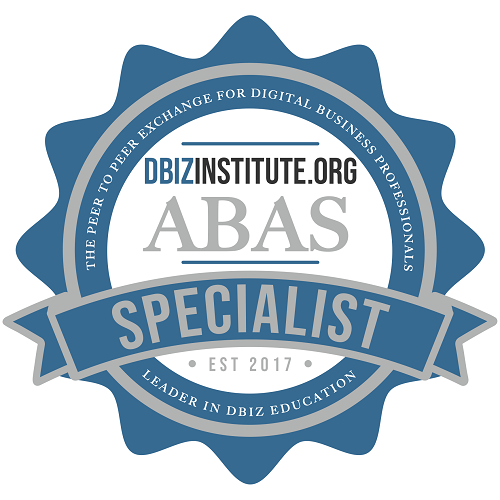Home / Resources
Resources
Discover a Wealth of BPM Knowledge and Expertise at BPMInstitute.org!
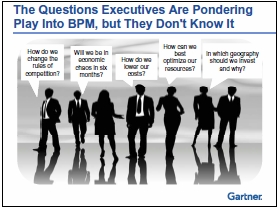
BPM Outlook: Gartner Outlines 2013 Trends
BPM is more important today than ever before. Only the most agile enterprise stands a chance in today’s constantly-changing business environment. Many are struggling, even more are falling behind. Janelle Hill shares Gartner’s perspective on the top BPM trends and opportunities for 2013.
Janelle will also share’s the results of a Gartner survey in which chief-level executives identified the approaches they are using to achieve their business objectives.
Learn how leading BPM teams are:

BPM and Big Data – Why it Makes Sense
A lot has been written about Big Data in the last few months. Most companies are trying to make sense of the large amount of data they have to serve as an input to both strategic and operational decisions. In this article, I’ll discuss a couple of reasons for the obvious link between BPM and Big Data and how they can co-exist with BPM implementations helping drive adoption of Big Data.
Most BPM platforms have built-in capabilities to collect process parameters and key process related data during process execution. Most also provide some form of rudimentary to sophisticated analysis of the data, perhaps not run time, (yet), but on a post facto basis.
Process owners use this data to gain insight into the process, for example:

Which BPM Modeling Notation Should We Use?
Should we use flow charts, swim lanes, value stream mapping, proprietary software notation, or BPMN? Yes, there a number of notations you could use, and you want to pick the right one for your organization.
The first question to ask is what is the purpose of the process diagramming notation? Since there are several purposes for process diagramming at different stages of a BPM/ process improvement project, you may switch to one type of notation or another at different times.
Purpose 1: A high level map to scope the project and as part of the charter. Here I suggest using a simple flow chart with 6-10 steps using rectangle for activities/steps, diamond shaped decision diamonds and directional arrows. You could actually create it in PowerPoint, but I usually do it in Visio. The purpose of this map is to get people understanding what a process looks like.
A high level process map is:

Business-IT Aggregation versus Alignment
Business and Information Technology (hereafter referred to as business-IT) alignment is so passé. Welcome the (relatively) new concept called Business-IT aggregation. The phrase “business aggregation” sometimes refers to a corporation that’s controlled by several key investors tasked to manage the corporation based on a succession plan. The word “aggregation” means the sum of the parts, the totality of components, or simply “the whole”. One dictionary (AllBusiness.com, 2010) defines it as “any bringing together of parts or units to form a collective whole.”

Why Johnny Still Can’t Write Rules
Business rules administration constitutes the core value proposition of any advanced business rules management system (BRMS) solution and, quite often, represents the holy grail of enterprise BRMS implementations. With the promise of propelling IT into an agile, flexible, and faster policy deployment environment, business rules administration capabilities often serve as key drivers for many cost benefit cases. However, less than 60% of these implementations actually leverage the full promise of BRMS offerings, ending up by managing business rules projects much like any other conventional software project. More importantly, business rules are too often not managed by those who should be empowered to manage them – i.e., business owners and stewards. Why does this happen?
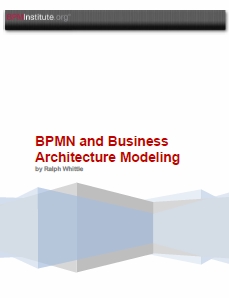
Special Report: BPMN and Business Architecture Modeling
Successes and Achievements
Over the past several years, many corporations have successfully completed numerous strategic Business Process Management (BPM) initiatives. Looking to build and expand upon these successes, many practitioners realized that connecting and integrating the individual models from strategic BPM initiatives could identify additional performance improvement opportunities and synergies between the previously modeled core cross-functional business processes.
Bearing in mind that activities integrate individual tasks, processes integrate activities, strategic BPM initiatives integrate processes, and then continuing with this rationale, one realizes the Business Architecture (BA) integrates all core cross-functional business processes from the strategic BPM initiatives.
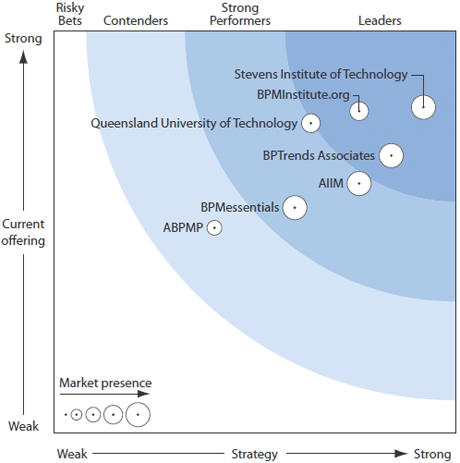
Independent Research Firm Recognizes BPMInstitute.org as a Leader in BPM Training
About the Report
As more and more organizations embrace Business Process Management (BPM) for the design of enterprise organizational and information systems, the demand for BPM training increases.
Many companies claim they’re the best at BPM training. Who should you believe?
Believe what industry expert Forrester Research is saying in the 2012 Forrester Wave report BPM Training and Certification Programs. It evaluates top BPM training and certification providers, citing BPMInstitute.org as a leader in the BPM training market – and a top scorer in 7 of the 15 BPM skills development categories.
Download your copy of the Forrester Wave report BPM Training and Certification Programs and get their objective review of the top organizations in the BPM training space.
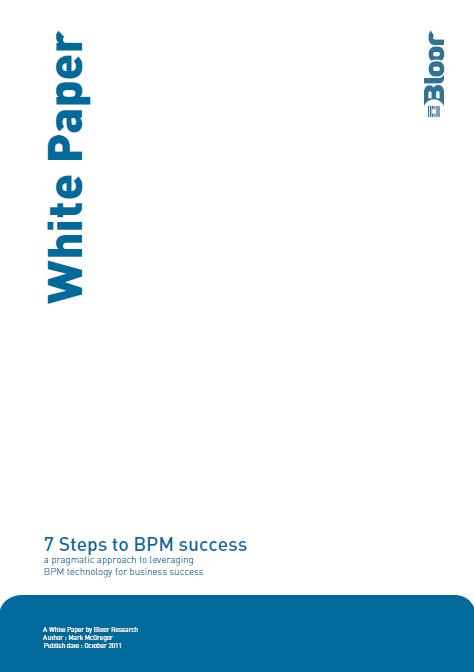
7 Steps To BPM Success
This paper provides the reader with a 7 Step model that seeks to suggest ways in which organisations can maximise their business returns. The model sets out to blend the benefits of non-technology approaches with the more technological ones.
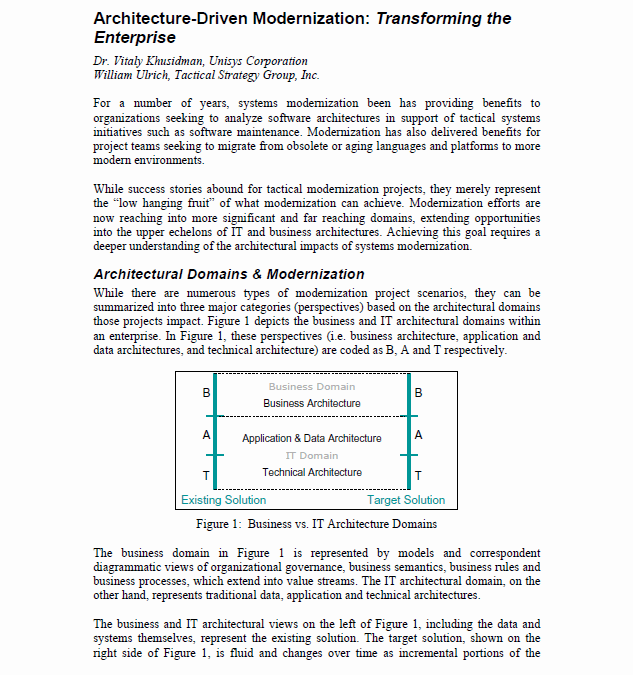
Architecture-Driven Modernization: Transforming the Enterprise
For a number of years, systems modernization been has providing benefits to organizations seeking to analyze software architectures in support of tactical systems initiatives such as software maintenance. Modernization has also delivered benefits for project teams seeking to migrate from obsolete or aging languages and platforms to more modern environments.
While success stories abound for tactical modernization projects, they merely represent the “low hanging fruit” of what modernization can achieve. Modernization efforts are now reaching into more significant and far reaching domains, extending opportunities into the upper echelons of IT and business architectures. Achieving this goal requires a deeper understanding of the architectural impacts of systems modernization.

The ‘Understand’ Phase of Development
This article covers an issue within Business Process Management (BPM) redesign which is often not fully discussed. Frequently, development groups are eager to get the team fully engaged as quickly as possible. Looking at “as is” situations (examining, modeling) may receive slight attention as being “bygones” – “Let’s start with a clean slate.” The issue is deciding how quickly to begin computerized development after a project or analysis has been scheduled.
There are different aspects of business growth and development. One faction may wish to apply technology to change its business as quickly as possible, while another may prefer to proceed cautiously and methodically, moving only after research and through using a well-tested methodology. Which is correct? The classic answer is “It depends.”

Human Risk Biases
Except for natural disasters such as earthquakes, floods, or hurricanes, all risks are man-made. This article is a synthesis of three past Harvard Business Review articles. The bibliography is at the end of the piece. Project Managers (PMs) usually have very little control of the risk circumstances in which they are placed. Taken together, viewing risk from the combined perspectives of the authors cited should help PMs assess risk in their own environments. Summarizing the titles as follows: “Right Risks,” “Is it Real?” and “Hidden Traps” will help us consider the contribution of each, and then meld them into the PM’s decision process.
The Right Risks

Launching a Business Architecture Community of Practice
Business Architecture (BA) is no longer just an emerging discipline or an “interesting concept”. It is increasingly being leveraged by enterprises to provide tangible value. And within Wells Fargo, Business Architecture has been gaining momentum, slowly but surely, through the activities of a growing BA community, involved in numerous efforts in or related to Business Architecture.
First, let’s define Business Architecture. The following is a consolidation of several definitions that have been around in the industry, and it captures quite well the quintessence of BA:
Business Architecture is a disciplined approach to creating and maintaining business-specific artifacts that serve as a formal blueprint for the planning and execution of strategy across the enterprise.
BA covers the following major areas:
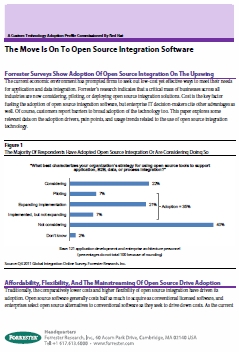
Forrester Consulting Study: The Move is on to Open Source Integration Software
A tight and uncertain economic climate has prompted organizations to seek out low-cost yet effective ways to meet their needs for application and data integration. Forrester’s research, commissioned on behalf of Red Hat, indicates that a growing number of enterprises across all industries are now considering, piloting, or deploying open-source integration solutions. This paper explores some relevant data on the adoption drivers, pain points, and usage trends related to the use of open source integration technology.
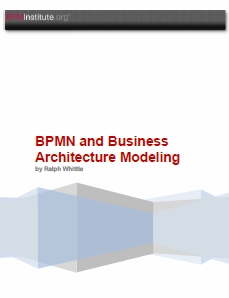
Special Report: BPMN and Business Architecture Modeling
This special report asks the question: “Is it possible for both the business process and Business Architecture Modeling approaches to share a common modeling language and might BPMN 2.0 satisfy both?”
Successes and Achievements
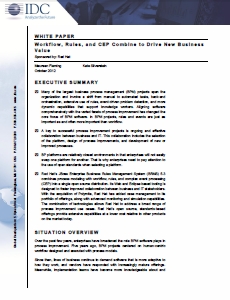
Workflow, Rules, and CEP Combine to Drive New Business Value
Over the past few years, organizations have broadened the role BPM software plays in process improvement. Five years ago, BPM projects centered on human-centric workflow designed and executed with process models. Since then, lines of business continue to demand software that is more adaptive to how they work, and vendors have responded with increasingly mature offerings.
This Red Hat sponsored IDC white paper explores the evolution of BPM, how an organization’s basic requirements are changing in the face of the broadening scope of BPM software, and how Red Hat competes in this space with JBoss Enterprise BRMS 5.3 and its recent acquisition of Polymita.

Get Out of the Gate Quickly: The First Five Steps to BPM
If you don’t get off to the right start with a BPM Project, there are all kinds of consequences such as:
- Needing to change process owners mid stream
- Wasting time focusing on the wrong goals
- Not involving the right resources
- Missing critical information and making poor decisions
- “Buying” the technology solution

Continuous Improvement – Now!
Do you notice any built-in contradiction in the title of this article? A naïve approach to Continuous Improvement (CI) would be to attempt to benchmark Toyota, and just do what they do. That would be OK if: 1) You make automobiles, and 2) You have fifty years of Toyota management experience. Without those advantages, you would do best to consider a modified strategy.
It’s not easy to change, and usually not fruitful to change precipitously. An anecdote from an unnamed country, several wars ago, decided to mechanize the cavalry. An inspector, reviewing the prototype of the new battalion, marveled in the shiny new personnel carriers and tanks. However, he then noticed two soldiers standing off to the side, apparently doing nothing. When he inquired, he was told: “They are there to hold the horses.”

Building Business Architecture That Endures
Two of my biggest passions are business architecture and participating in endurance events like an Ironman® or an ultramarathon. Having excelled in both over the years taught me a few lessons. At the end of the day, every business architect’s goal to improve decision-making and accountability for business outcomes is not much different from an endurance athlete’s goal to win. I even coined the term “endurance architect” to aptly describe what I do. In my opinion, an endurance architect is someone who can bring the lessons from the playing field to the boardroom and vice versa to achieve sustainable profitability and/or self-actualization. How do we achieve these lofty goals? Let me start with the nuances of strategy and outline the steps of achieving success through strategic co-alignment, with examples from an endurance architect’s point of view.
What is strategy?
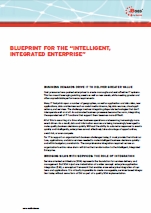
A blueprint for the intelligent, integrated enterprise
For IT to support an organization’s business challenges today, it must provide the infrastructure, applications, and data services needed to make intelligent business decisions quickly. This whitepaper discusses the comprehensive integration required—across an organization’s entire value chain—that drives transformation to the intelligent, integrated enterprise.
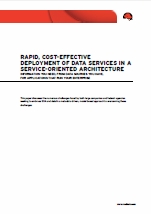
Rapid, cost-effective deployment of data services in a service-oriented architecture
Service-oriented architecture (SOA), and particularly its most common implementation as web services, represents the latest stage of evolution in application architecture for the enterprise. Service-oriented architectures are enabling organizations to increase their agility in the face of change, improve operating efficiency, and reduce the cost of doing business—often significantly. In spite of these advances, many organizations with significant investments in data collection and storage technologies still struggle with how best to embrace and deploy the new architecture in a way that leverages data assets. This whitepaper discusses the numerous challenges faced by both large companies and federal agencies seeking to embrace SOA, and details a metadata-driven, model-based approach to addressing them.
